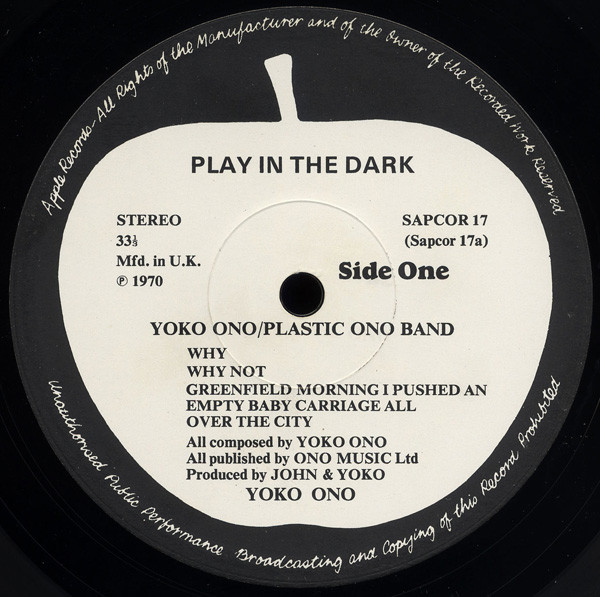Each trip to Nova Scotia means a stop at the Peace by Chocolate Boutique on Lower Water Street in Halifax. I buy more chocolate there to use as gifts than I buy for myself, and now that I think of it I cannot recall any time when I went there for purely selfish reasons. I chose Peace by Chocolate to supply the small gifts to those who attended my own wedding. In fact, on one shopping trip there, I had bought so much that I qualified to receive a free T-shirt (that may have been in March of last year). Thus I was well familiar with the company and the family that established it.
Peace by Chocolate: The Hadhad Family’s Remarkable Journey from Syria to Canada by Jon Tattrie tells their story as successful chocolatiers who fled war to build a new life in Canada. The man in the foreground on the book cover is Tareq Hadhad, son of Isam and Shahnaz who stand behind him. Isam founded the company and built it from a home business where he did everything from his own kitchen, eventually expanding to the basement, then to a separate shed and then on to industrial factory proportions. As Tareq’s education in pursuit of becoming a doctor proved impossible as Syria plunged deeper into war, he had to think of survival as a priority and how to get himself and his large family out of the country.
As the war raged, the chocolate business was bombed and family members were killed or simply disappeared. The Hadhads managed to escape to Lebanon and sought refuge via UN organizations. Meanwhile, in communities all across Canada, grassroots efforts by concerned citizens looked into ways to sponsor Syrian families. One such group in Antigonish worked heroically to raise funds, find housing, clothing and supplies for a new family. Tareq arrived in Canada first, and decided to settle in Antigonish instead of moving to a bigger city. His extended family came a few months later.
Tattrie presented a story, noble as it was, but wrought with Übermensch heroics of the Nova Scotians who worked tirelessly and selflessly to bring the Hadhads to Canada. I might be jaded or a tad sceptical in thinking that humanitarian actions even among Canadians don’t extend that far in terms of degree of generosity offered. How the refugee committee members found the time to lead their day-to-day lives and nine-to-five workdays amidst the colossal work and planning that needed to be undertaken seemed to be of Hallmark Channel movie proportions. That there were times when I was nearly moved to tears by their efforts shows how effective Tattrie was in grabbing the reader’s emotions. That all said, I feel that this book outruns any Debbie Macomber Christmas novel for schmaltz factor.
Ultimately Peace by Chocolate is a love story from the Hadhad family to Canada. Their mission is one of gratitude to Canada and a devotion to promoting peace. I genuinely feel the family’s sincerity every time I walk into their store, as their chocolate bar wrappers show their love of inclusion and embracement of diversity. As an example of this inclusion, Tattrie wrote about one of the store’s early Mother’s Day chocolate packages, which included bars for lesbian mothers, mothers-to-be, and for those mothers who have lost a child. Tareq’s mission statement is:
“Peace is for everyone on Earth. My family is always going to fight for peace with every piece of chocolate.”
This reminded me of my own invented term, chocolate diplomacy, when I visited the Democratic People’s Republic of Korea. If the Hadhads have found success in promoting peace by chocolate, they have the power to spread it internationally.
Find this book in the Mississauga Library System's on-line catalogue










